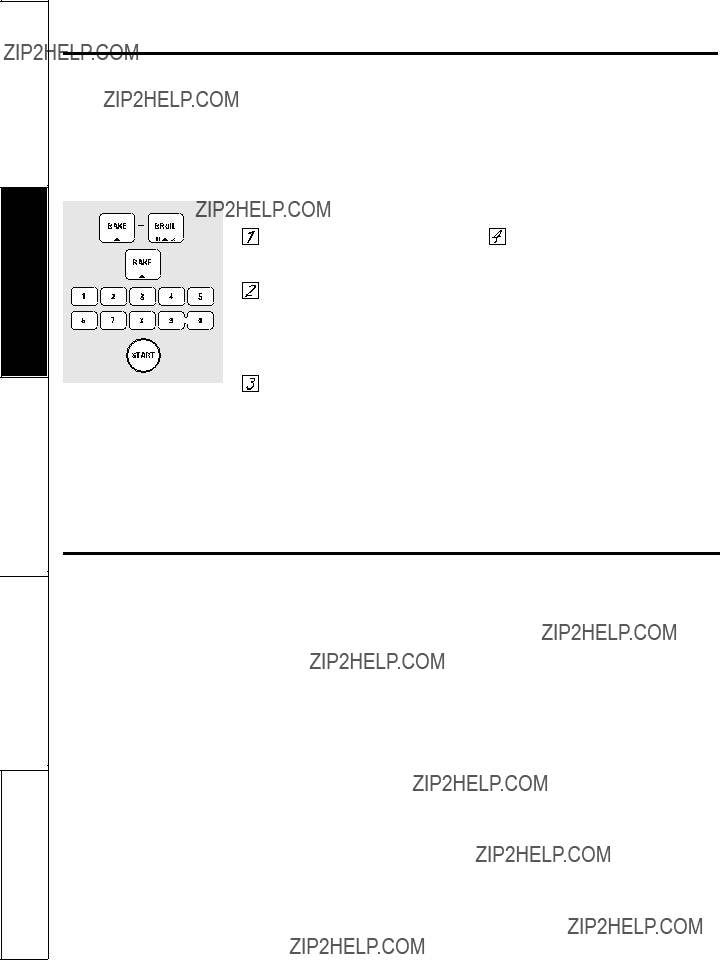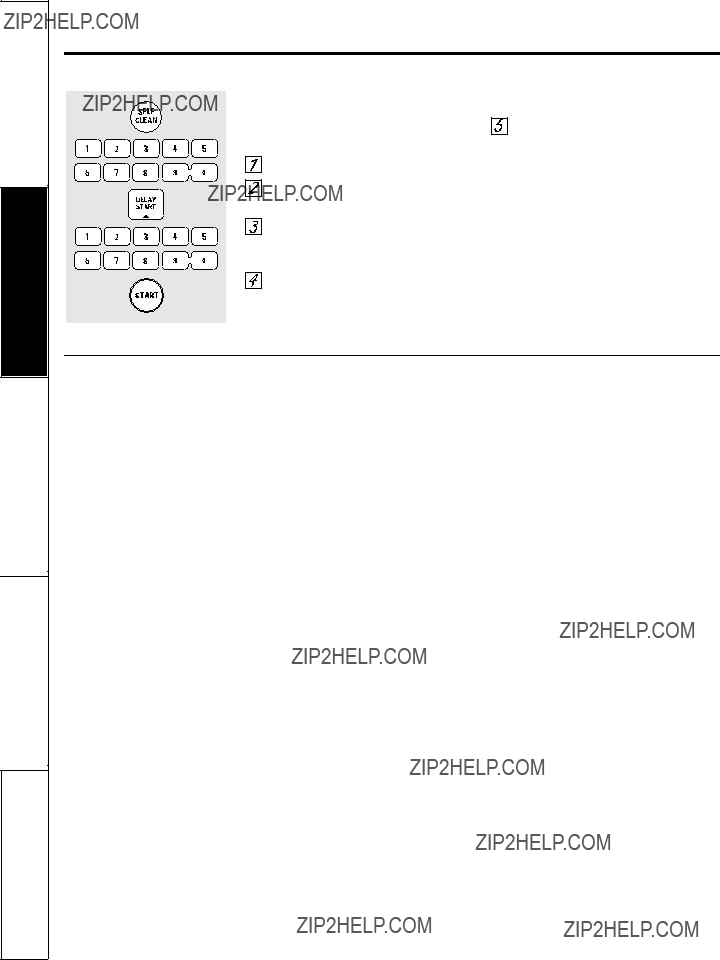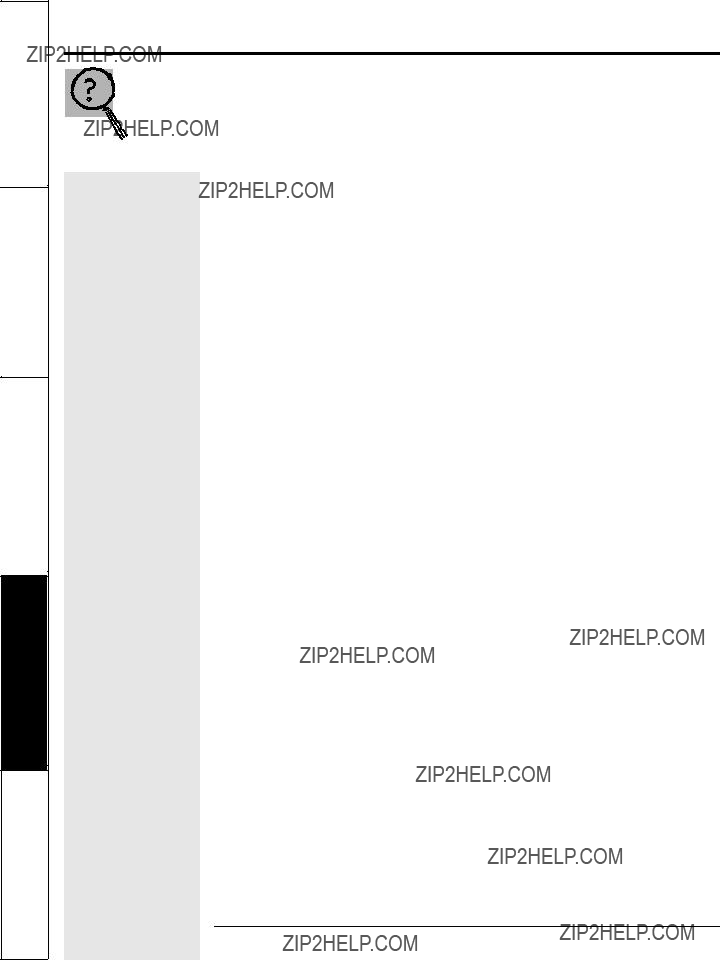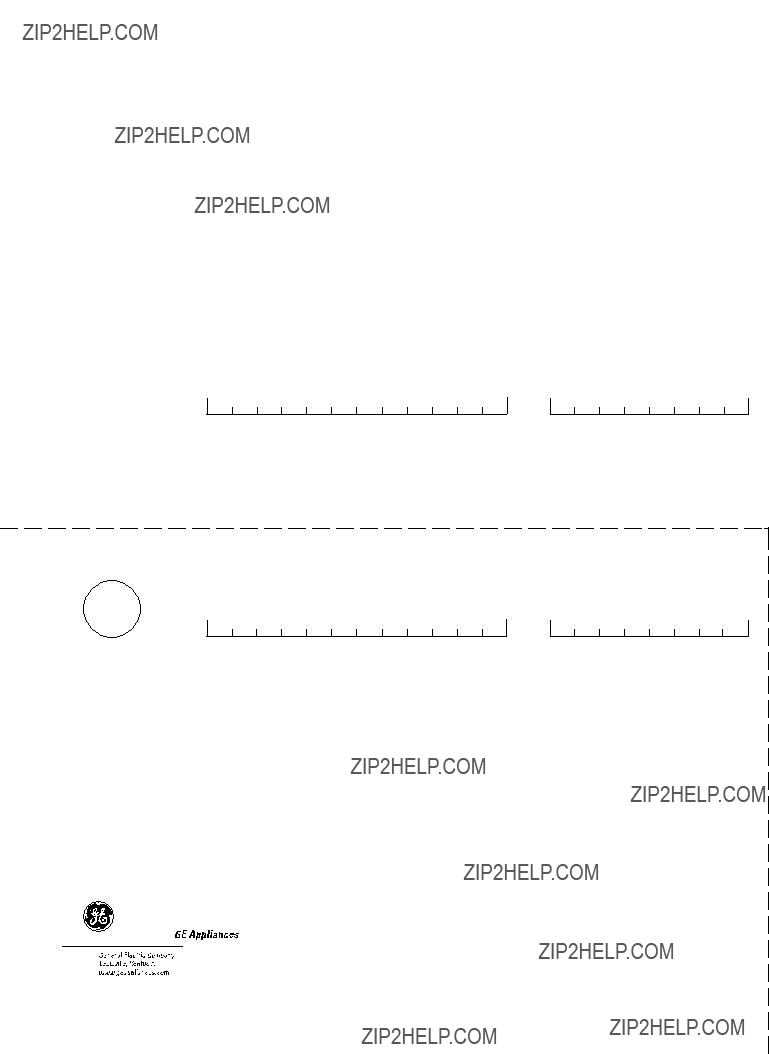
GE Appliances
Safety Information
Oven . . . . . . . . . . . . . . . . . . . . . . . 6
Safety Precautions . . . . . . . . . 3, 4
Surface Units . . . . . . . . . . . . . . . . 5
Operating Instructions
Broiling Guide . . . . . . . . . . . . . .15
Clock and Timer . . . . . . . . . . . .16
Convection Roasting Guide . . .22
Cookware . . . . . . . . . . . . . . . . . . .9
Oven Thermostat . . . . . . . . . . .24
Sabbath Feature . . . . . . . . . . . . .13
Surface Units . . . . . . . . . . . . . . 7, 8
Timed Baking & Roasting . . . .17
Care and Cleaning
Broiler Pan & Grid . . . . . . . . . . 29
Control Knobs . . . . . . . . . . . . . 27
Oven Light . . . . . . . . . . . . . . . . .29
Oven Shelves . . . . . . . . . . . . . . . 28
Glass Cooktop . . . . . . . . . . . . . . 31
Surfaces . . . . . . . . . . . . . . . . . . . .30
Troubleshooting Tips . . .
Customer Service
Product Registration . . . 2, 37, 38
Owner???s Manual
JB940
JB960
JB965
JBP85


 WARNING!
WARNING!
 SAFETY PRECAUTIONS
SAFETY PRECAUTIONS
 WARNING!
WARNING! SAFETY PRECAUTIONS
SAFETY PRECAUTIONS

 WARNING!
WARNING!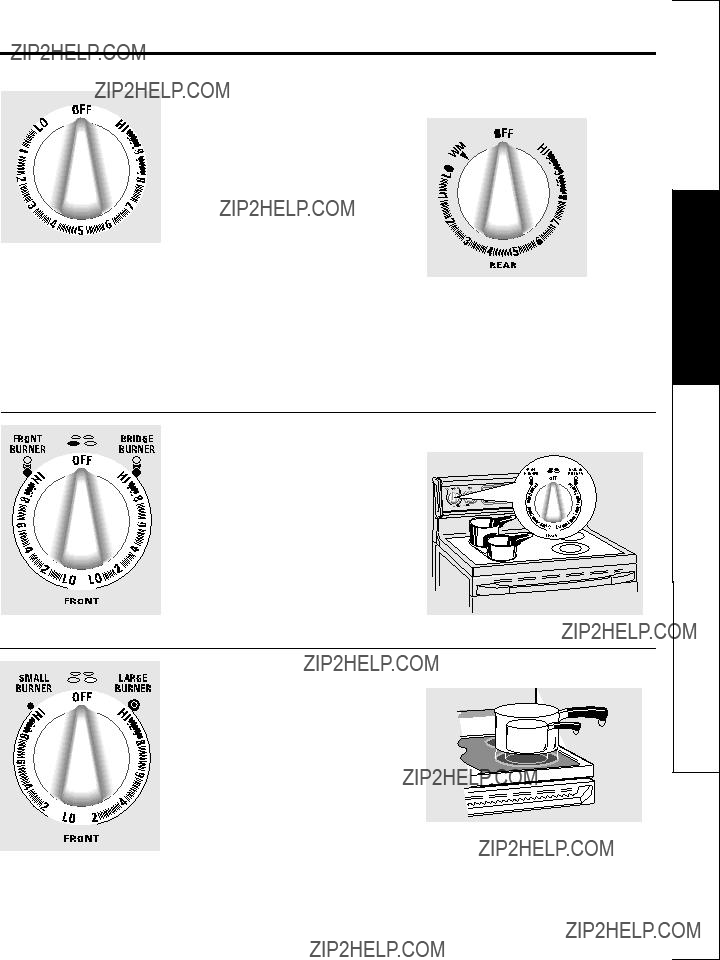








 Touch the
Touch the 

 Touch the
Touch the 

 Touch the
Touch the 

 Touch the
Touch the 

 Touch the
Touch the 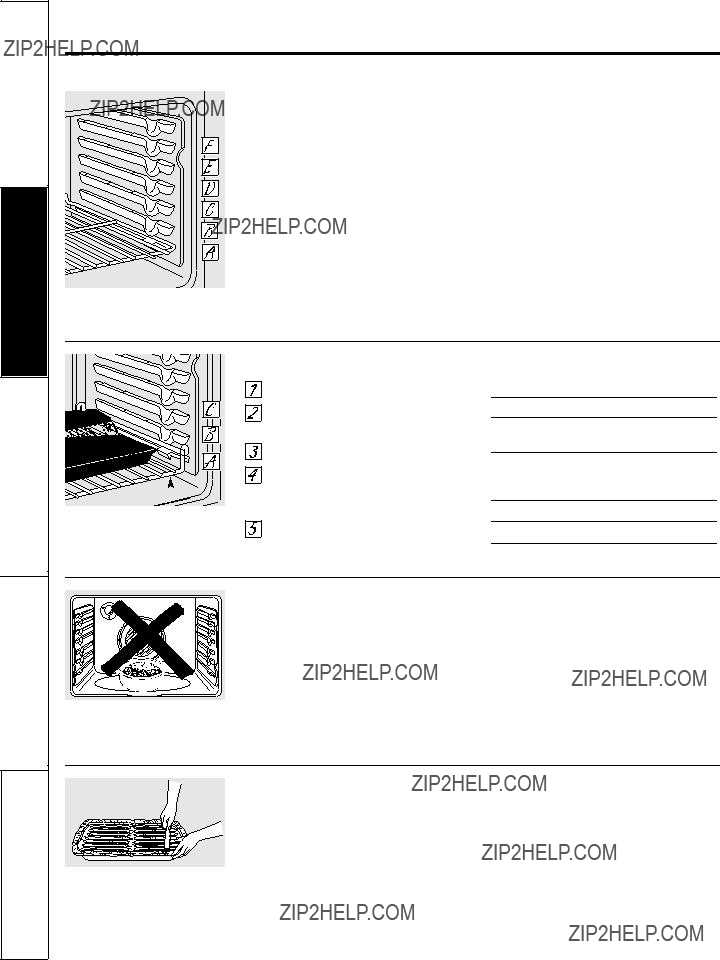






 Post
Post



